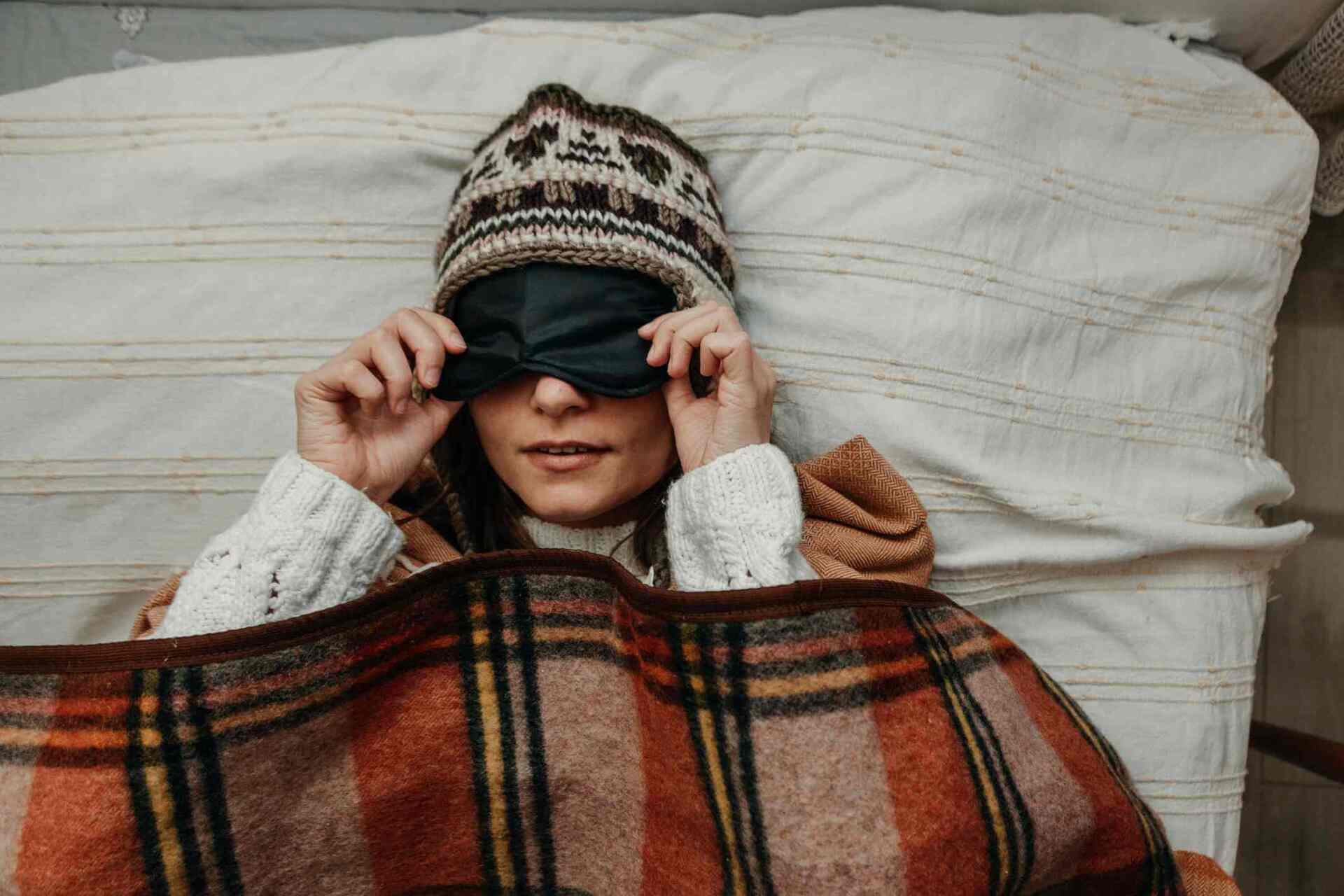- Thriving Guide
- Posts
- Do Hot or Cold Sleepers Sleep Better? The Answer Might Surprise You
Do Hot or Cold Sleepers Sleep Better? The Answer Might Surprise You
Whether you run warm or cool at night, your sleep quality depends on how well you manage your body temperature.

If you constantly wake up tossing aside the covers or shivering under a pile of blankets, your sleep type might be influenced by something simple yet powerful: your body temperature. Whether you’re a hot sleeper or a cold sleeper, the temperature of your sleep environment can make or break a good night’s rest.
And while experts agree that cooler temperatures generally support better sleep, the ideal setup ultimately depends on what feels most comfortable for you.
What Makes You a Hot or Cold Sleeper?
Your sleep temperature isn't just about room conditions it’s also tied to your health, habits, and body composition.
Hot Sleepers often:
Sleep with fans or air conditioning
Kick off blankets in the middle of the night
Wake up sweaty even when the room isn’t warm
Why it happens:
Caffeine, alcohol, and spicy food raise body temperature before bed
Medical conditions like diabetes, kidney disease, or autoimmune disorders may impair thermoregulation
Medications such as antidepressants can also lead to night sweats
Cold Sleepers often:
Wear socks or thermal pajamas to bed
Sleep under layers of blankets
Feel chilled unless bundled up even in summer
Why it happens:
Lower body fat or muscle mass can reduce insulation
Inadequate calorie intake can reduce heat production
Health conditions like hypothyroidism or anemia slow down internal heat regulation
Which One Gets Better Sleep?
While both hot and cold sleepers can rest well with the right setup, cooler environments tend to promote deeper, more restorative sleep. According to a 2022 study analyzing wearable sleep data, people slept significantly less on nights when temperatures exceeded 86°F.
Experts generally recommend keeping your bedroom between 65–68°F, which aligns with your body’s natural circadian temperature drop that occurs around bedtime. This helps trigger melatonin release and facilitates deep, slow-wave sleep.
Still, the most restful sleep comes from listening to your own body and customizing your space accordingly.
How Body Temperature Affects Sleep
Your core body temperature follows a 24-hour rhythm it peaks in the early evening and starts to fall as you wind down. By 3–4 a.m., your temperature hits its lowest point, and then rises again just before waking.
This natural cooling effect signals your brain that it’s time for sleep. When the environment interrupts this process like when a room is too hot or cold falling and staying asleep becomes harder.
Sleep Tips for Hot Sleepers
If you tend to sleep warm or wake up sweaty, try these cooling strategies:
Set your thermostat between 60–68°F
Take a warm shower before bed to trigger a cooling response
Run a fan for airflow and white noise
Choose lightweight, breathable sleepwear
Use natural fabrics like cotton or linen for sheets and pajamas
Keep curtains closed during the day to prevent heat buildup
Sleep Tips for Cold Sleepers
If you’re always reaching for extra blankets, these warming tips may help:
Wear socks, long-sleeved tops, or thermoregulating pajamas
Use bedding made with wool, down, or fleece for heat retention
Add multiple layers so you can adjust as needed
Seal window and door drafts to retain heat
Share warmth cuddling with a partner or pet can boost comfort
What This Means for Your Sleep Routine
There’s no “one-size-fits-all” ideal temperature. Whether you're a hot sleeper or a cold sleeper, what matters most is finding the setup that lets you fall asleep easily and stay comfortable all night. From adjusting your thermostat to choosing the right bedding, small changes can make a big difference in how rested you feel come morning.
To get more tailored tips for better sleep and wellness, subscribe to our newsletter or share this with someone who’s always adjusting the thermostat.